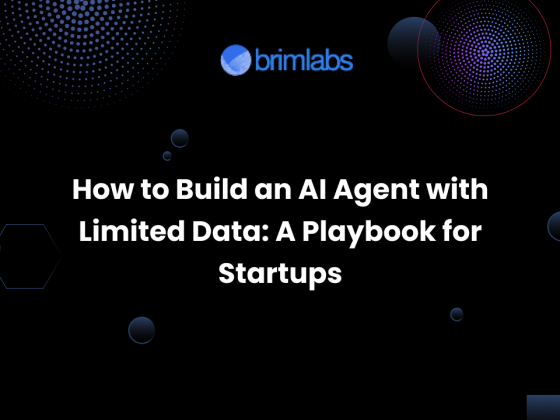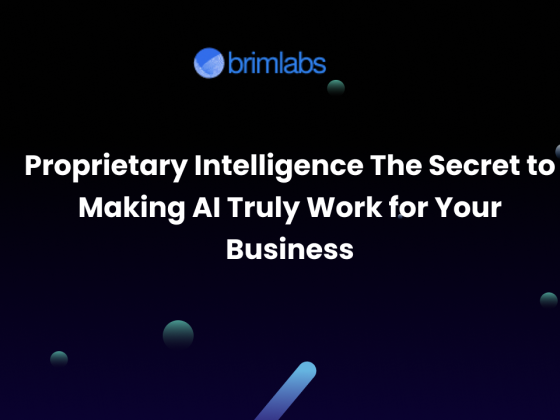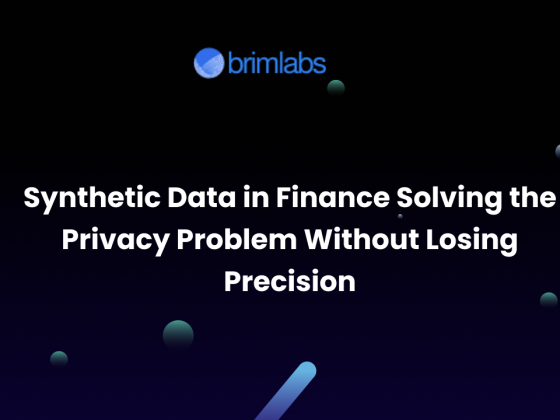For years, developers have warned about technical debt, the shortcuts taken in code that later become expensive to fix. But now, a new kind of burden is silently accumulating inside early-stage startups: data debt.
As startups race to integrate AI, many overlook the messy, incomplete, or siloed data systems they’ve built along the way. And just like technical debt, data debt doesn’t just slow you down; it can derail your AI efforts entirely.
At Brim Labs, we’ve seen it time and again: companies eager to roll out AI agents, predictive models, or automation tools, only to discover that their data foundation is too broken to support it. Here’s what you need to understand about data debt and how to manage it before it kills your AI ambitions.
What is Data Debt?
Data debt is the accumulation of poor data practices over time, including missing records, inconsistent naming conventions, undocumented pipelines, unverified third-party sources, and unclear data ownership. It’s what happens when:
- Product teams prioritize speed over structure
- Data is collected without clear business goals
- Startups scale fast, but without a unified data strategy
Like technical debt, data debt grows quietly until you try to build something intelligent on top of it.
Why Data Debt is a Killer for AI
AI models are only as good as the data they’re trained on. If your data is fragmented, outdated, or biased, even the best model architecture can fail. Here’s how data debt directly impacts AI development:
1. Garbage In, Garbage Out
Poor data quality leads to poor predictions, flawed insights, and unreliable AI agents. Models trained on inaccurate or incomplete data often reflect that mess to users.
2. Costly Rework
Cleaning up messy datasets mid-project can delay timelines and inflate costs. You’ll need data engineers and ML experts to fix what could’ve been prevented with upfront discipline.
3. Lack of Trust
Business stakeholders will quickly lose faith in AI initiatives if outputs are inconsistent. That lack of trust can stall adoption across teams.
4. Compliance and Security Risks
Untracked data sources or a lack of audit trails make your system vulnerable, especially when dealing with regulations like GDPR, HIPAA, or SOC 2.
Signs Your Startup Has Data Debt
Before jumping into AI projects, check for these red flags:
- No central data warehouse or defined source of truth
- Teams using different tools with no integration (e.g., marketing vs. product analytics)
- Key metrics are defined differently across departments
- Missing or unverified customer data
- Undocumented data pipelines or ETL jobs
- No strategy for unstructured data (e.g., user chats, PDFs, call transcripts)
If any of these feel familiar, your AI roadmap needs a detour toward data cleanup and governance.
How to Reduce Data Debt Before Scaling AI
1. Start With a Data Audit
Map where your data lives, who owns it, and how it flows across systems. Identify inconsistencies, gaps, and duplicated efforts.
2. Define a Single Source of Truth
Centralize your data into a unified data lake or warehouse. Invest in tools like Snowflake, BigQuery, or Databricks to make data accessible and queryable.
3. Set Governance Early
Define ownership, validation rules, and update cadences for datasets. This is critical when working with AI models that learn continuously.
4. Document Everything
From ETL pipelines to model inputs, good documentation reduces confusion, improves collaboration, and speeds up debugging when things break.
5. Invest in Human-in-the-Loop Systems
Especially for early-stage startups with limited clean data, use humans to label, review, or correct AI outputs. This iterative feedback loop helps reduce bias and improve performance.
Data Maturity = AI Readiness
Data debt is a silent killer, but also an opportunity. Startups that build clean, scalable, well-governed data ecosystems gain a massive competitive advantage. You don’t need to be perfect from day one, but you do need a plan.
At Brim Labs, we help startups navigate this transition by auditing their current systems, building AI agents with reliable data pipelines, and creating workflows that improve over time.
Final Thoughts
In today’s AI-first landscape, data debt is no longer optional, it’s a liability. Just like technical shortcuts in code, messy or unstructured data will eventually slow you down, introduce risk, and stall your most ambitious AI goals.
The good news? It’s fixable.
Startups that invest early in data hygiene, governance, and strategy will unlock faster, smarter, and more scalable AI systems. And that’s where Brim Labs comes in.
At Brim Labs, we help startups and scaling teams tackle data debt head-on, auditing current systems, cleaning and structuring data pipelines, and building AI agents that actually deliver value. Whether you’re looking to launch your first AI feature or streamline existing workflows, we bring the engineering, AI, and UI/UX clarity needed to move fast without breaking things.
Don’t let data debt hold back your AI roadmap. Let’s build a cleaner foundation together.











